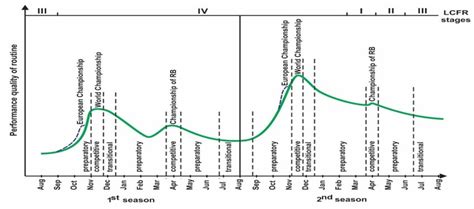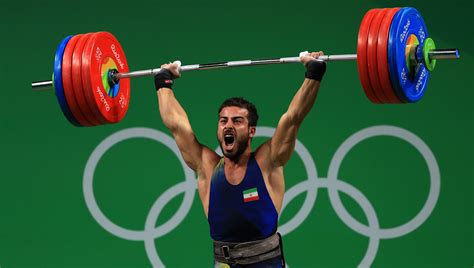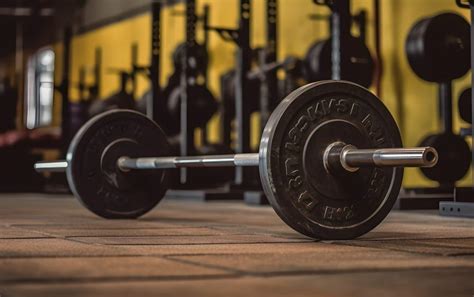How to structure workout periodization for sustained peak strength & muscle gains?

Why Traditional Training Eventually Stalls
Many lifters start their fitness journey with enthusiastic linear progression: adding weight to the bar every session. While incredibly effective for beginners, this approach inevitably leads to plateaus, burnout, and even injury. The human body is remarkably adaptive, but it also needs strategic variation and recovery to continue making progress. This is where workout periodization becomes indispensable – it’s the advanced blueprint for continuous improvement.

What is Workout Periodization?
Workout periodization is the systematic planning of athletic or physical training. The goal is to maximize performance and adaptation while minimizing the risk of overtraining, injury, and burnout. Instead of random workouts or endless linear progression, periodization breaks your training into specific phases or cycles, each with a distinct focus on volume, intensity, exercise selection, and rest.
It’s about manipulating training variables over time to elicit specific physiological adaptations (like muscle growth, strength development, or power output) in a controlled sequence. This structured approach ensures that you provide the necessary stimulus for progress, allow for adequate recovery, and strategically deload to prevent stagnation.
Key Components of Periodized Training
Periodization is typically broken down into three main cycles:
- Macrocycle: This is the longest phase, usually spanning an entire year or even several years. It outlines the overarching training goals and major competitions (if applicable). For general strength and muscle gains, a macrocycle might be a year-long plan to achieve certain strength PRs or body composition changes.
- Mesocycle: Within the macrocycle, mesocycles are shorter, focused blocks of training, typically lasting 4-12 weeks. Each mesocycle has a specific objective, such as building muscle mass (hypertrophy), increasing maximal strength, or improving power. These blocks are often separated by deload or active recovery weeks.
- Microcycle: This is the shortest training phase, usually one week long, detailing the specific workouts, sets, reps, and intensity for each training day. It’s the practical, day-to-day execution of your mesocycle’s goals.

Common Periodization Models for Strength & Muscle
Different models of periodization suit various goals and experience levels:
1. Linear Periodization
This is often the simplest model, characterized by a gradual increase in intensity (heavier weights) and a corresponding decrease in volume (fewer reps/sets) over the course of a mesocycle. For example, you might start with a high-volume hypertrophy phase, transition to a moderate-volume strength phase, and conclude with a low-volume, high-intensity peaking phase. It’s very effective for beginners and intermediate lifters learning to handle heavier loads.
2. Undulating Periodization (Non-Linear)
Unlike linear, undulating periodization varies training variables more frequently, sometimes daily (DUP – Daily Undulating Periodization) or weekly (WUP – Weekly Undulating Periodization). For instance, a DUP program might have a heavy strength day, a moderate hypertrophy day, and a light power day all within the same week. This constant variation keeps the body guessing and can be highly effective for intermediate to advanced lifters seeking sustained progress in multiple adaptations simultaneously.
3. Block Periodization
Typically used by advanced athletes, block periodization focuses on developing one primary quality at a time for a concentrated period. Common blocks include:
- Accumulation (Hypertrophy): High volume, moderate intensity, focused on muscle growth.
- Intensification (Strength): Moderate volume, high intensity, focused on increasing maximal strength.
- Realization (Peaking/Power): Low volume, very high intensity, focused on converting strength into specific performance or achieving peak power.

Structuring Your Program for Sustained Gains
Regardless of the model chosen, the goal is always to apply progressive overload within structured phases:
-
Hypertrophy Phase (4-6 weeks):
- Goal: Maximize muscle growth.
- Intensity: Moderate (60-80% 1RM).
- Volume: High (3-5 sets of 8-15 reps per exercise).
- Rest: Moderate (60-120 seconds).
- Focus: Time under tension, mind-muscle connection, higher total work capacity.
-
Strength Phase (3-5 weeks):
- Goal: Increase maximal strength.
- Intensity: High (80-95% 1RM).
- Volume: Moderate to low (2-4 sets of 1-6 reps per exercise).
- Rest: Long (2-5 minutes).
- Focus: Neural adaptation, heavy compound lifts, proper form under load.
-
Deload/Active Recovery (1 week):
- Goal: Allow for supercompensation, reduce fatigue, prevent injury.
- Intensity: Significantly reduced (50-60% of working weight).
- Volume: Significantly reduced (50-70% of working sets/reps).
- Focus: Light activity, stretching, mobility, foam rolling, prioritizing sleep and nutrition. This phase is crucial for your body to fully adapt and come back stronger.

Practical Tips for Implementation
- Start Simple: If new to periodization, begin with a simple linear or weekly undulating model. Don’t overcomplicate it.
- Track Everything: Log your sets, reps, weights, and even how you felt. This data is invaluable for making informed adjustments.
- Be Flexible: Life happens. If you’re stressed, sick, or sleep-deprived, adjust your training. Periodization is a guideline, not an unbreakable law.
- Prioritize Nutrition & Recovery: Your body adapts and grows outside the gym. Ensure adequate protein intake, caloric surplus (for muscle gain), and plenty of sleep.
- Listen to Your Body: Pain is a warning sign. Differentiate between muscle soreness and joint pain. Adjust or take extra rest days when needed.

Conclusion
Workout periodization is not just for elite athletes; it’s a fundamental principle for anyone serious about achieving sustained peak strength and muscle gains. By strategically planning your training cycles, you can continuously challenge your body in new ways, optimize recovery, overcome plateaus, and significantly reduce the risk of overtraining. Embrace the structure, track your progress, and watch your strength and physique transform for the long haul.









